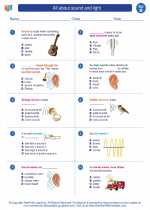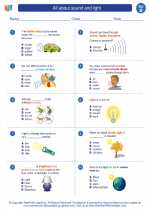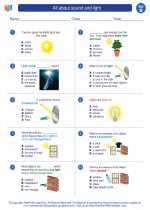Tides
Tides are the rise and fall of sea levels caused by the gravitational forces exerted by the Moon and the Sun, and the rotation of the Earth. The regular rise and fall of the ocean's surface is a result of the gravitational pull of the Moon and the Sun on the Earth's water.
Types of Tides
There are two main types of tides: high tide and low tide. High tide is when the water reaches its highest level, and low tide is when the water reaches its lowest level.
Causes of Tides
Tides are primarily caused by the gravitational pull of the Moon and the Sun on the Earth's water. The Moon's gravitational force has a greater effect on tides than the Sun because the Moon is closer to the Earth. When the gravitational pull of the Moon and the Sun align, it results in higher high tides and lower low tides, known as spring tides. When the gravitational pull of the Moon and the Sun are at right angles to each other, it results in lower high tides and higher low tides, known as neap tides.
Effects of Tides
Tides have various effects on coastal areas and marine life. They influence the erosion and deposition of coastal landforms, affect navigation and fishing activities, and impact the behavior of marine organisms that rely on tidal cycles for feeding and reproduction.
Study Guide
.◂Science Worksheets and Study Guides Second Grade. All about sound and light

 Worksheet/Answer key
Worksheet/Answer key
 Worksheet/Answer key
Worksheet/Answer key
 Worksheet/Answer key
Worksheet/Answer key
 Vocabulary/Answer key
Vocabulary/Answer key
